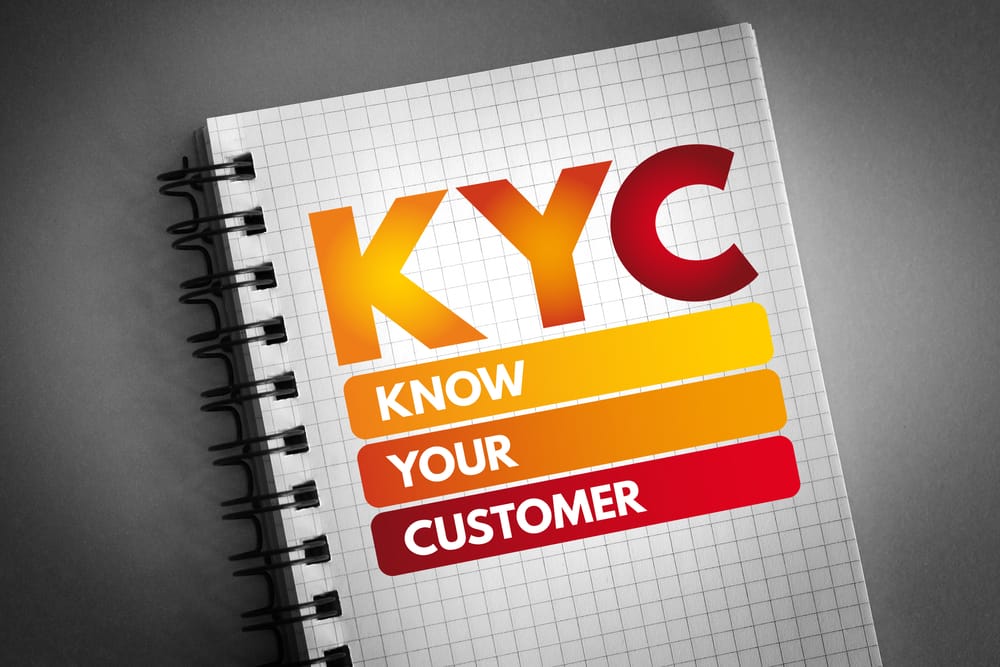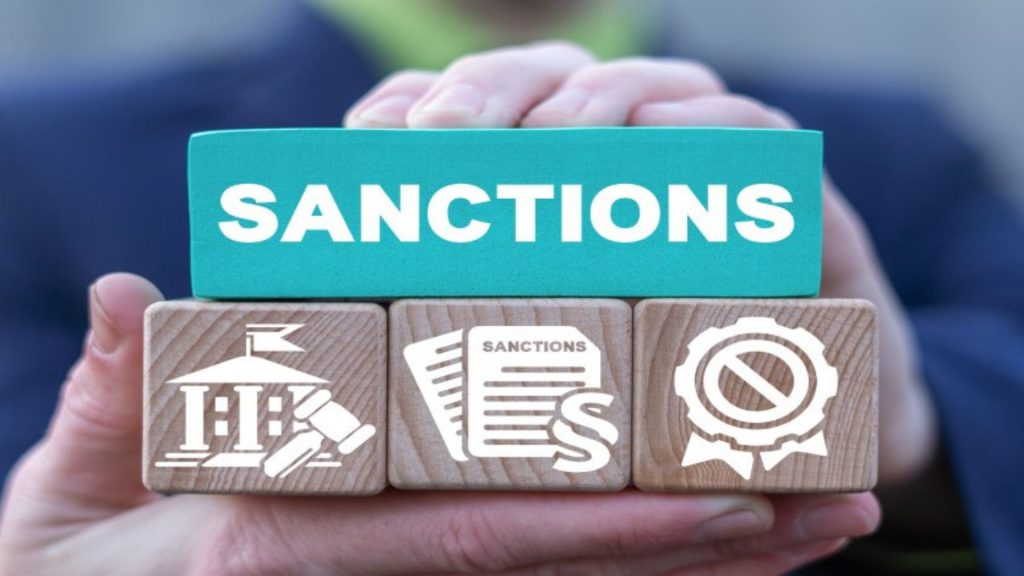In the world of financial services, understanding your customers is crucial for maintaining a secure and compliant operation. While standard due diligence might be sufficient for most customers, high-risk customers require a more rigorous approach known as Enhanced Due Diligence (EDD). This article will explore when EDD is necessary and how to implement it effectively, ensuring you mitigate risks and comply with regulatory requirements.
When to Implement Enhanced Due Diligence (EDD)
Enhanced Due Diligence is not necessary for every customer. It is specifically designed for those who pose a higher risk due to various factors. Here are some scenarios when EDD becomes essential:
1. High-Risk Jurisdictions
Customers from countries identified as high-risk for money laundering or terrorist financing often require EDD. These jurisdictions are typically listed by organizations such as the Financial Action Task Force (FATF).
2. Politically Exposed Persons (PEPs)
PEPs are individuals who hold or have held prominent public positions. Due to their influence and access to public funds, they are considered high risk. EDD helps ensure that their funds are legitimate and not linked to corruption.
3. Unusual Transaction Patterns
Customers whose transaction patterns deviate significantly from the norm, such as large, unexpected transfers or frequent transactions just below reporting thresholds, may require EDD to ensure these activities are legitimate.
4. High-Risk Industries
Certain industries, such as gambling, cryptocurrency exchanges, and shell companies, are more susceptible to financial crimes. Customers operating in these industries often require EDD.
5. Adverse Media
If a customer is subject to negative news or media reports, especially those related to financial crimes, EDD is necessary to thoroughly investigate the risks associated with them.
How to Implement Enhanced Due Diligence
Implementing EDD involves several steps that go beyond standard due diligence. Here’s a step-by-step guide to help you conduct thorough EDD for high-risk customers:
1. Collect Detailed Customer Information
The first step in EDD is to gather as much information as possible about the customer.
Obtain Comprehensive Identification
- Full Legal Name: Ensure you have the customer’s full name as it appears on legal documents.
- Address and Contact Information: Collect current and previous addresses, phone numbers, and email addresses.
- Identification Documents: Obtain copies of passports, driver’s licenses, and any other government-issued IDs.
Gather Financial Information
- Source of Funds: Understand where the customer’s money is coming from. This includes employment details, business activities, and any other sources of income.
- Source of Wealth: Determine how the customer acquired their overall wealth, such as inheritance, investments, or business ownership.
2. Conduct In-Depth Background Checks
Next, perform extensive background checks to verify the information provided and uncover any potential risks.
Adverse Media Searches
- Negative News Reports: Search for any news articles, blog posts, or social media mentions that could indicate risky or illegal behavior.
- Litigation Records: Check if the customer has been involved in any lawsuits, especially those related to financial crimes.
Sanctions and Watchlists
- Sanctions Lists: Ensure the customer is not listed on any international sanctions lists.
- Watchlists: Check global watchlists for any connections to criminal activities or terrorist organizations.
Politically Exposed Persons (PEPs) Lists
- PEP Databases: Verify if the customer or their close associates are listed as PEPs. This includes checking both national and international PEP lists.
3. Enhanced Verification of Documents
Standard document verification might not be sufficient for high-risk customers. Enhanced verification involves additional steps to ensure authenticity.
Use Advanced Technology
- Optical Character Recognition (OCR): Use OCR to read and verify the information on documents.
- Document Authentication Tools: Employ tools that can detect forged or altered documents.
Cross-Reference Information
- Independent Sources: Compare the information on the documents with data from independent and reliable sources.
- Multiple Verification Points: Cross-check the customer’s information with various databases and records to ensure consistency and accuracy.
4. Continuous Monitoring
EDD is not a one-time process. Continuous monitoring is essential to keep track of high-risk customers’ activities and detect any changes in their risk profile.
Transaction Monitoring
- Automated Systems: Use automated systems to monitor transactions in real-time. Look for patterns that deviate from the customer’s usual behavior.
- Threshold Alerts: Set up alerts for transactions that exceed certain thresholds or occur in high-risk jurisdictions.
Regular Reviews
- Periodic Updates: Regularly update the customer’s information and risk assessment. This can be done annually or more frequently if needed.
- Reassess Risk Levels: Adjust the customer’s risk level based on any new information or changes in their behavior.
5. Enhanced Reporting
Reporting suspicious activities is a critical aspect of EDD. Ensure that you have robust reporting mechanisms in place.
Suspicious Activity Reports (SARs)
- Identify Suspicious Activities: Be vigilant for activities that could indicate financial crimes, such as large, unusual transactions or discrepancies in provided information.
- File SARs: Promptly file Suspicious Activity Reports with the relevant authorities, detailing the nature of the suspicious activity and any supporting information.
Maintain Detailed Records
- Comprehensive Documentation: Keep detailed records of all EDD activities, including collected information, background checks, and monitoring results.
- Secure Storage: Ensure that all records are stored securely and are easily retrievable for audits or regulatory reviews.
Best Practices for Conducting Enhanced Due Diligence
To effectively implement EDD, consider these best practices:
1. Adopt a Risk-Based Approach
Not all customers require the same level of scrutiny. Implement a risk-based approach to allocate resources effectively and focus on the highest-risk customers.
2. Leverage Technology
Use advanced technologies such as artificial intelligence (AI), machine learning (ML), and blockchain to enhance your EDD processes. These tools can help automate and improve the accuracy of customer verification and transaction monitoring.
3. Regular Training and Awareness
Ensure that your staff is well-trained on EDD procedures and the latest regulatory requirements. Regular training sessions and updates help maintain a high level of awareness and compliance.
4. Collaborate with External Experts
Engage external experts or consultants for complex cases. Their expertise can provide additional insights and ensure thorough investigations.
5. Foster a Culture of Compliance
Promote a strong culture of compliance within your organization. Encourage employees to prioritize compliance and report any suspicious activities promptly.
Enhanced Due Diligence is a vital component of a comprehensive compliance strategy for financial institutions. By knowing when to implement EDD and following best practices for conducting thorough due diligence, you can effectively mitigate risks associated with high-risk customers. Remember, EDD is not just about complying with regulations—it’s about protecting your institution and maintaining the integrity of the financial system. By staying vigilant and proactive, you can ensure that your compliance efforts are robust and effective.





